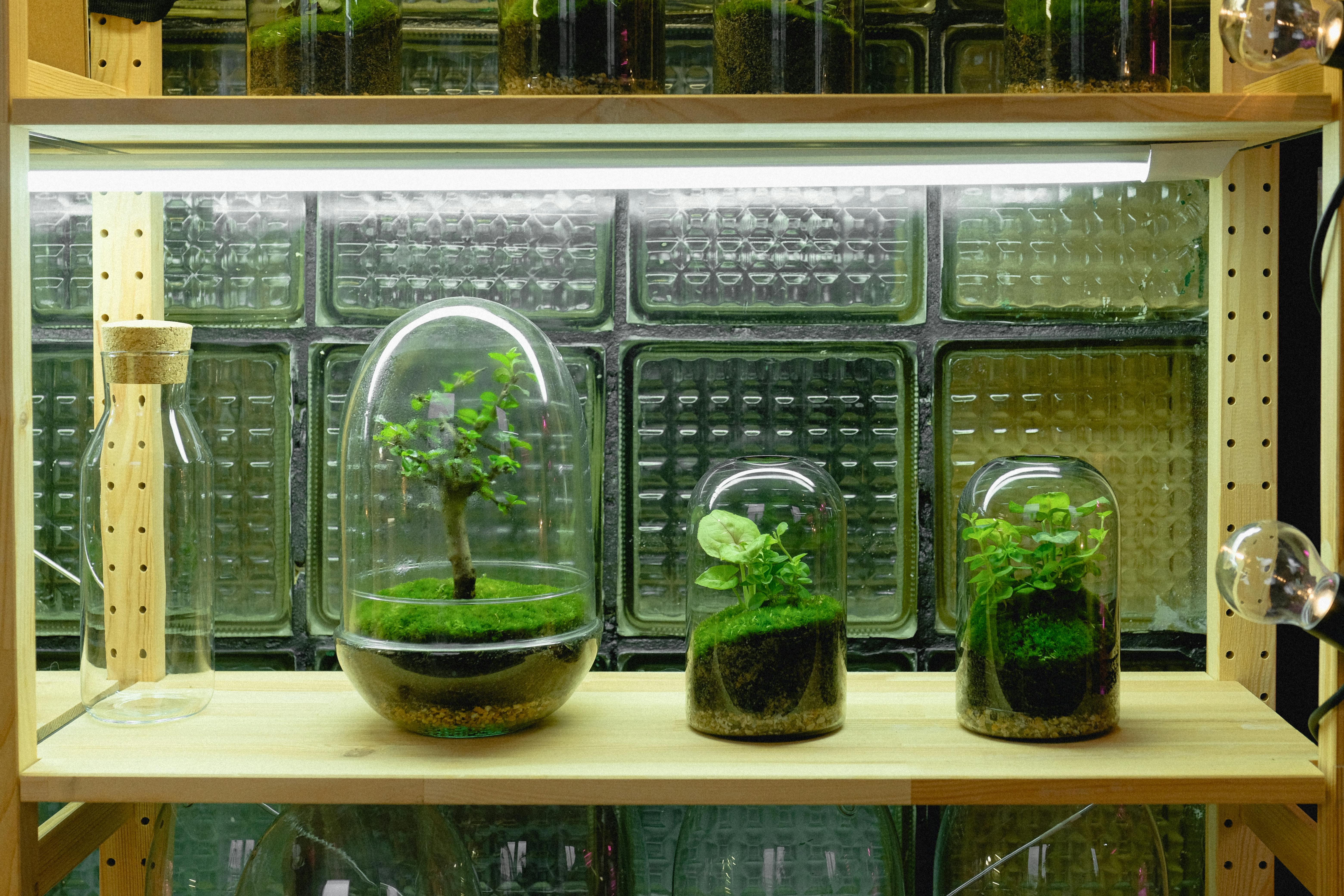An Advanced Guide to Pairing, Egg Sac Care, and Raising Spiderlings
Breeding jumping spiders (Salticidae), especially Phidippus regius, is as fascinating as it is complex. Done well, it supports the hobby, deepens your understanding of spider behavior, and introduces you to one of the most rewarding (and adorable) challenges in the arachnid world.
Done poorly, it can lead to injuries, cannibalism, and dozens (or hundreds!) of spiderlings with nowhere to go.
This is not for beginners — but if you’ve cared for adult jumpers through multiple molts, and you're ready to take the next step, this guide will walk you through how to do it ethically, safely, and responsibly.
⚠️ Before You Begin
Breeding spiders isn’t just a science experiment — it’s a commitment.
Ask yourself:
- Can I care for 100+ tiny spiderlings?
- Do I have space and time to separate and feed them?
- Can I ethically rehome or sell the offspring?
- Am I confident identifying male vs. female and timing maturity?
If you said yes, let’s begin.
👀 Step 1: Sexing and Selecting Healthy Adults
🧬 Sexing Jumping Spiders:
- Males: Smaller, slimmer, often darker with enlarged pedipalps ("boxing glove" look)
- Females: Larger, rounder abdomens, often lighter in color
Use mature adults only — sub-adults should not be bred.
✅ Ideal breeding pair:
- Well-fed but not overfed
- Healthy with no missing legs or fang damage
- Active and alert
- From different bloodlines (avoid inbreeding)
🕊️ Step 2: Introduction & Pairing
Jumpers are solitary and can cannibalize each other, especially the males.
Safe pairing setup:
- Use a neutral enclosure (neither spider’s home)
- Provide lots of vertical escape routes and visual obstructions (twigs, leaves)
- Introduce the male first, and let him display
What to watch for:
- Male performs leg waves, tapping, bobbing
- Female may retreat, watch, or charge
- If she strikes or lunges, separate immediately
How long?
- If receptive, mating occurs within minutes
- If not, try again in a few days — but don’t force it
⚠️ Always supervise — never leave a pair alone.
🥚 Step 3: Post-Mating & Egg Sac Care
After mating, the female may lay an egg sac within 2–4 weeks.
Her behavior will change:
- Builds a sealed hammock in a high corner
- Becomes aggressive and defensive
- Stops eating and rarely moves
🧺 Egg sac care:
- Leave her completely undisturbed
- Maintain stable temp (22–26°C) and humidity (~55–65%)
- Do NOT offer food — she’ll ignore it
🧠 Female spiders protect the egg sac until the spiderlings emerge.
🐣 Step 4: Hatching & Spiderling Stages
Each sac may produce 30–150 spiderlings depending on species and health.
Development stages:
- Eggs (0–2 weeks)
- 1st instar (white, blind, non-mobile)
- 2nd instar = first molt + mobile = time to separate!
When they start dispersing, it’s time to act.
🧃 Step 5: Separating Spiderlings
Once mobile, spiderlings will cannibalize each other if not separated.
Two options:
- Individual vials (best for serious breeders)
- Communal rearing (high risk, but less space-intensive for early weeks)
Individual setup:
- Small cups with mesh lids (30–50ml)
- One tiny twig or paper strip
- No substrate
- Label with sac date or number
Feeding:
- Start with Drosophila melanogaster (small fruit flies)
- Feed every 2–3 days
- Remove uneaten prey after 24h
💡 Use a soft paintbrush or pooter to transfer spiderlings safely.
📦 Step 6: Growing & Rehoming
Spiderlings will molt every 2–4 weeks depending on feeding and temperature.
As they grow:
- Upgrade enclosures gradually (e.g. 50ml → 100ml → deli cup)
- Switch to D. hydei or houseflies around 4th–5th instar
- Track growth, molts, and any abnormalities
Rehoming responsibly:
- Only rehome healthy, stable juveniles
- Use secure containers with ventilation
- Include a care guide for new owners
- Prioritize ethical homes or experienced keepers
- Never release into the wild
🛑 Avoid overbreeding — only pair if you know what to do with the babies.
⚠️ Common Breeding Risks
| Problem | Cause | Prevention |
|---|
| Male killed during pairing | Female unreceptive | Supervise carefully, use escape options |
| No egg sac laid | Failed mating or infertile male | Try again or use different pair |
| Mold in egg sac area | Over-misting or poor ventilation | Keep enclosure dry and well-aired |
| Cannibalism among slings | Not separated early enough | Split at 2nd instar or sooner |
| Failed molts in slings | Dehydration or poor humidity | Mist lightly and feed regularly |
✅ Breeding Checklist
| Task | Status |
|---|
| Healthy adult pair (sexed) | ☐ |
| Neutral pairing enclosure | ☐ |
| Separate sling containers ready | ☐ |
| Cultures of fruit flies started | ☐ |
| Feeding + molt log system | ☐ |
| Rehoming plan or waitlist | ☐ |
💬 Final Thoughts
Breeding jumping spiders is not just about cute spiderlings — it’s a serious, skillful process that demands patience, planning, and care.
But when done right, it’s one of the most rewarding things in the hobby:
- Watching the courtship display
- Seeing your spiderlings grow and molt
- Knowing you’re helping support a responsible, ethical spiderkeeping community
Start slow. Pair responsibly. Only breed if you’re prepared to raise every single fuzzy little baby.
Next up?
- [Understanding the Molt Cycle →]
- [Keeping Feeder Insects →]
- [Join the Forum for Breeding Logs, Pairing Help & Rehoming Tips]
You’re officially part of the next generation. 🕷️🥚🍼

